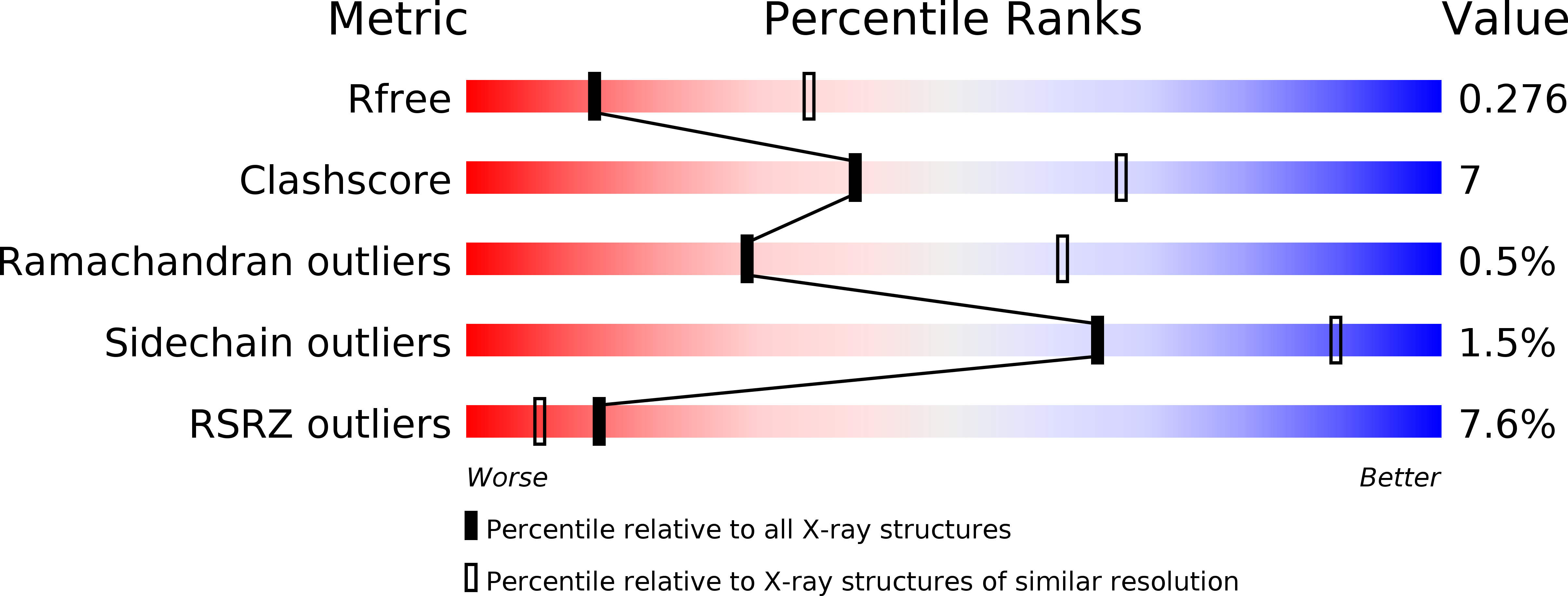
Deposition Date
2006-03-12
Release Date
2007-03-20
Last Version Date
2023-08-30
Entry Detail
PDB ID:
2GBX
Keywords:
Title:
Crystal Structure of Biphenyl 2,3-Dioxygenase from Sphingomonas yanoikuyae B1 Bound to Biphenyl
Biological Source:
Source Organism:
Sphingobium yanoikuyae (Taxon ID: 13690)
Host Organism:
Method Details:
Experimental Method:
Resolution:
2.80 Å
R-Value Free:
0.26
R-Value Work:
0.23
R-Value Observed:
0.23
Space Group:
P 31 2 1


